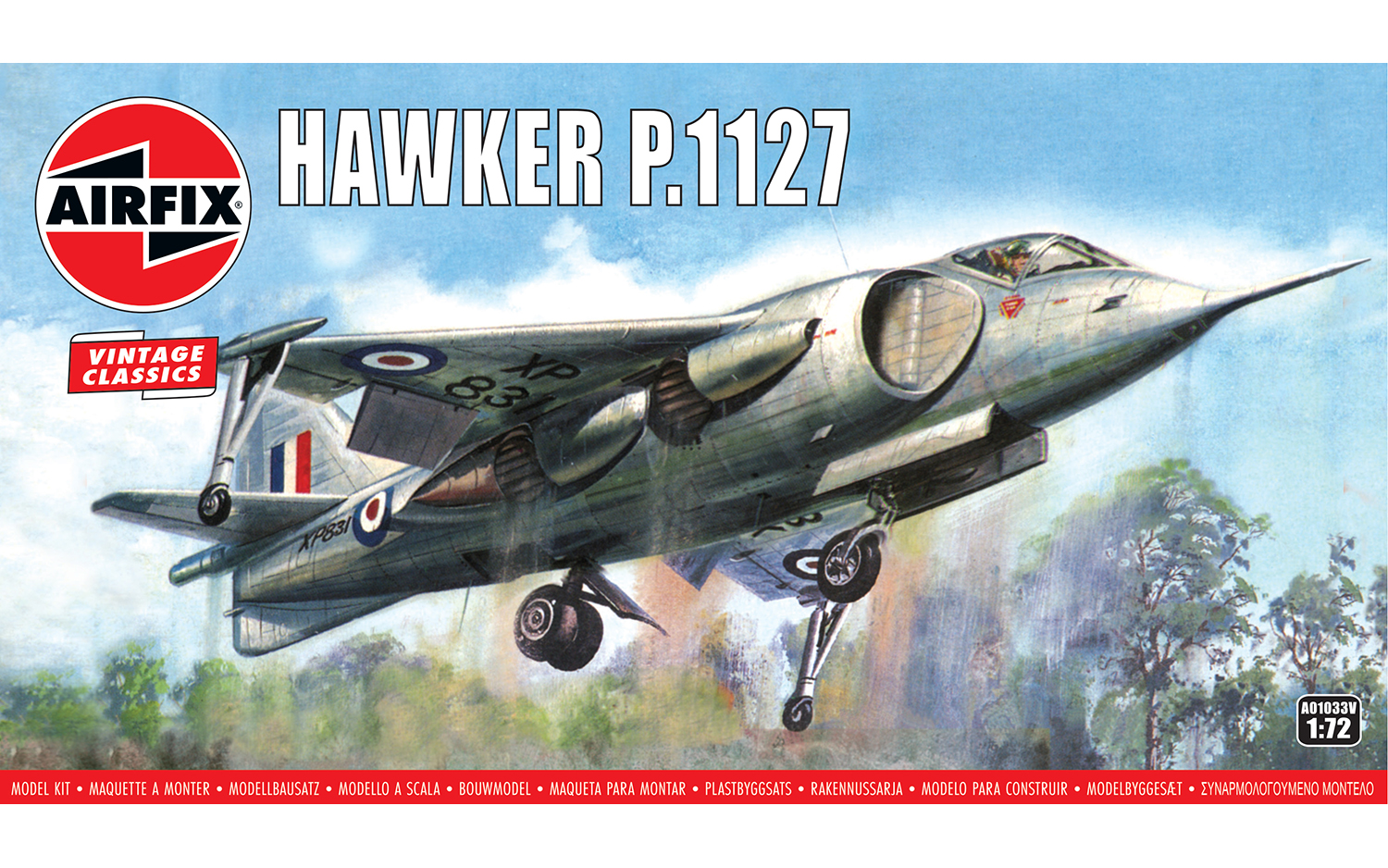- Joined
- 21 December 2006
- Messages
- 1,132
- Reaction score
- 614
Today it is 50 years since the first Hawker P.1127 hovered, on 21st of October 1960.
Despite the recent news that the UK is retiring its fleet the US Marine Corps, Spanish Navy, Italian Navy and Indian Navy continue to operate it, and it is likely that the Harrier will still be in service for many more years.
Anyone who knows about all the failed attempts at producing V/STOL jet aircraft over the years will know just how unique this 50 year anniversary is, and anyone who has ever read about or met the team of designers, engineers and technicians who built and support the Harrier, and the pilots who have flown it, will know that the success was no accident. It was due to the sustained application of many men and women, in many organisations, over many decades.
Of course, my moniker shows I am a fan, but today I reckon everyone should be a fan of what has been achieved over fifty years.
See: http://www.harrier.org.uk for more
Despite the recent news that the UK is retiring its fleet the US Marine Corps, Spanish Navy, Italian Navy and Indian Navy continue to operate it, and it is likely that the Harrier will still be in service for many more years.
Anyone who knows about all the failed attempts at producing V/STOL jet aircraft over the years will know just how unique this 50 year anniversary is, and anyone who has ever read about or met the team of designers, engineers and technicians who built and support the Harrier, and the pilots who have flown it, will know that the success was no accident. It was due to the sustained application of many men and women, in many organisations, over many decades.
Of course, my moniker shows I am a fan, but today I reckon everyone should be a fan of what has been achieved over fifty years.
See: http://www.harrier.org.uk for more

